Fall is in the air! You can’t help but notice that pumpkins, skeletons, and changing leaves are all around. Even the weather is starting to recognize that the summer has come to an end. In the few remaining weeks before it’s time to hum “Baby It’s Cold Outside,” you will need to take the proper steps to clean up and maintain the yard so as to be prepared and ready when the springtime comes around once again.
Put Your Patio First
Your patio and/or deck should get first attention. All of the furniture should be washed down and all the accessories, toys and warm weather decor stored away until they’re needed next year. Anything that will stay outside in the cold elements should be covered with weatherproof furniture covers or a protective sheet or tarp. It’s important to know your terrain, so as to decide what material will work best. For example, plastic might hold in too much moisture and promote mold growth where you live. Be sure to cover patio furniture, any outdoor speakers and perhaps some lighting that won’t be needed through the winter months.
Your deck will need to be vacuumed, swept or otherwise cleared of all leaves and debris that might cause mold, mildew or fungus to grow. Depending upon your deck, you may need to lightly sand the surface to remove any stains, and also to prepare the deck to be treated with water repellant. Some people prefer to cover their deck with sheeting. Do so carefully, it’s possible that rain or snow can cause water damage if there is a break in the deck covering.
All Decked Out – Wash Your Deck and Stain it, Too
Most important is to prevent mold or mildew by power washing the deck. You can rent a power washer if you don’t own one. Most lawn and garden stores offer these for rent. Once your deck is dried off and completely free of moisture, you should add a weatherproof stain or cover to protect the wood over the winter months. Please be sure to check with a hardware store or your contractor to determine what is the best type of protective stain for the wood and your particular deck.
Gutter Care – What You Need to Do Now
Clearing the gutters is a necessary and not necessarily tedious job, but it certainly can’t be skipped. If you choose to use a leaf blower or just a ladder and the good old fashioned handiwork of your own hands, getting all the detritus out of the rain gutters is important. You will also need to check for any blockages.
Bonus Tip: a plumber’s snake can make an excellent tool for removing blocks caused by wet leaves and even the occasional bird’s nest. You can start from either the top or the bottom and snake right through.
After making sure the gutters are good and clear, use the hose to deliver a final rinse. This step means that you’ll be right and ready to make it through the winter without worry.
Lawn and Leaf Care
Now, all the fallen leaves that line your yard must be handled. If left unattended, they can breed mold and even smother your lawn and prevent it from getting proper light and air. Furthermore, in the coldest part of the winter, unwanted and even harmful critters can use the leaves as bedding and take refuge in your piles. So clearing leaves is absolutely a safety issue as well.
Use the mulch setting on your mower, or rake and shred them so you’ll be able to use the pulverized leaves as mulch for young trees, shrubs, and flower beds. Mulching around plants before wintertime is quite beneficial. Two of the main benefits are that it can prevent soil erosion and it works wonderfully to suppress weeds which means come spring, you’ll have no weeds to pull. If you have the opportunity to use organic mulches including pine needles, grass clippings, leaves and even sawdust, you can introduce nutrients into the soil with materials you have already on hand.
Tool Time! – Don’t Let Your Garden Tools Rust Away
Although you won’t be using trowels and clippers when it’s snowy, that’s no excuse to just throw your gardening tools in the shed and leave them there until the weather is warm again. You should take some time to give all the lawn tools a thorough cleaning before adding a light coat of oil to prevent rust.
Don’t Forget to Drain Your Water Hose
It’s also best to take care to drain your garden hoses before putting them away for the winter. You don’t want to risk having freezing water split a hose open. If you have an air compressor handy, you can blow out the water with ease, or just stretch them out on the driveway or yard, or even drape over a high branch or even a clothesline. This way, you can coil them up and store them safely no matter how low the temperatures dip.
Tip: If your hose was leaky when you last put it to use, you should replace washers before putting it away for the cold months.
File Away
This is the part when you’ll want to break out some protective eyewear and don a pair of gloves. In order to clean your metal tools, you’ll need either steel wool or a wire brush for heavier rust, or fine-grit sandpaper for easier jobs. Once everything is nice and clean, you’ll want to break out the oil and apply a light coating that you rub in well. This oil forms a barrier so that the metal will be protected from oxidation and rust during nonuse over the winter.
You’ll also want to lubricate any joints on your shears or clippers for example so everything you need will be in good working order come springtime. Also, take note of lawnmower blades. After a spring and summer of heavy use, they may require sharpening. You may do it on your own or have them honed at a shop. But the same rules of oiling to prevent rust apply here too.
Fertilizer is Your Friend
You’ll want to do a nice low cut of your lawn. This lessens the chance that voles will take up residence in your yard and dig and cause trouble. Also, the weight of snow can push grasses down and cause disease. Shorter grass helps to minimize these risks. However, you might think twice about doing one low buzz. Cutting the lawn very short all at once can cause stress. Instead, you might want to cut the length by half, and then after two or three days, cut the length of the grass by half again.
Some folks only fertilize the lawn annually. And that works just well for many lawns. The fall is a wonderful time to let the fertilizer soak into the ground and help to develop strong and deep root systems for the grass. Fertilizing around Halloween is optimal because the lawn should be dormant, and the soil should not be frozen so the fertilizer can permeate the earth and do its work. No matter what type you choose, you should select lawn food with a high phosphorus content to give your grass the best shot at growing long and lush in the springtime.
Once these tasks are completed, you should absolutely enjoy the work you’ve done to take a long winter’s rest from chores in the yard. At least until the warmth of spring returns and it’s time to do it all again!






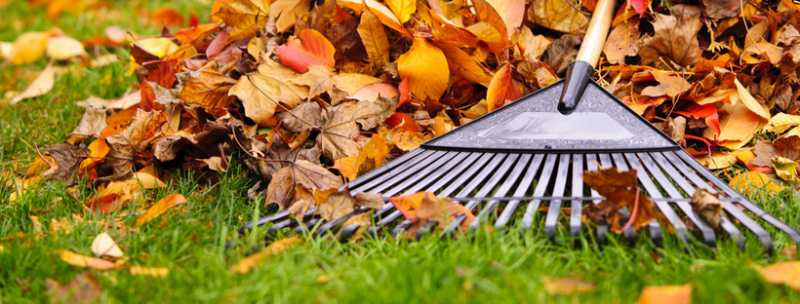
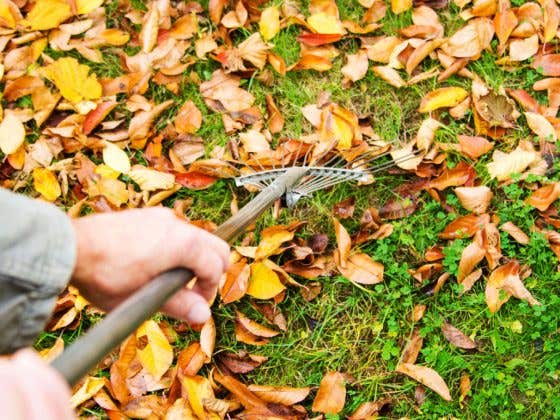


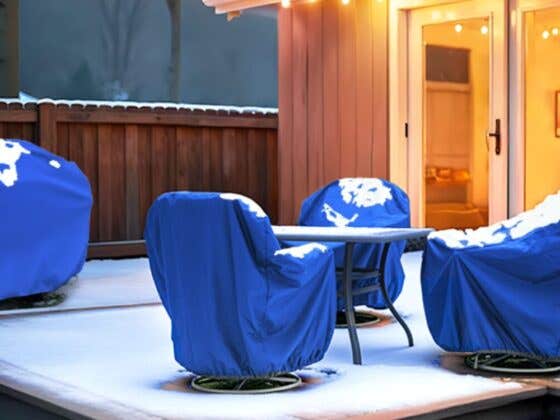
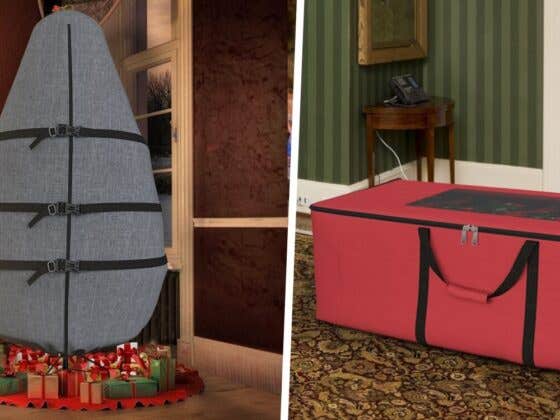


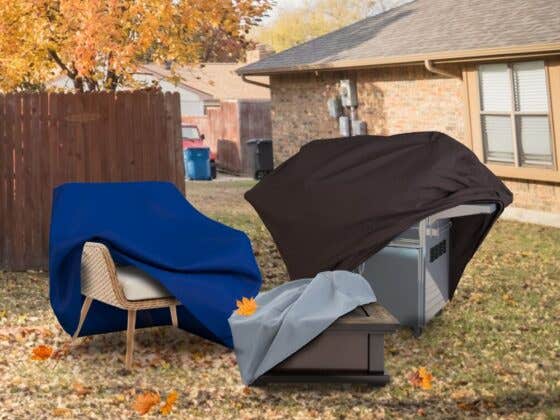


Recent Comments